Dogwood Cornus sanguinea 2L
£4.99
Out of stock
Cornus sanguinea (Dogwood) Plant Description:
Type:
Cornus sanguinea is a deciduous shrub belonging to the Cornaceae family. It is commonly known as European dogwood or common dogwood.
Size:
The size can vary, but it typically grows to a height of 6 to 10 feet (1.8 to 3 meters) with a similar spread, forming a rounded or spreading shape.
Leaves:
Arrangement: Opposite, simple leaves are arranged along the stems.
Shape: The leaves are elliptical to ovate, with a pointed tip and a smooth margin.
Color: The foliage is medium to dark green in the growing season.
Flowers:
Inflorescence: Small, inconspicuous flowers are arranged in flat-topped clusters called cymes.
Color: The flowers of Cornus sanguinea are typically creamy white and appear in late spring to early summer.
Fruit:
Berries: After flowering, the plant produces small, rounded, blue-black berries. These berries are attractive to birds.
Stems:
Bark Color: One of the notable features of Cornus sanguinea is its reddish-purple stems, which provide winter interest and can be particularly vibrant in the absence of foliage.
Twigs: The younger stems have a purplish tint.
Fall Foliage:
In autumn, the leaves may turn shades of red, purple, or burgundy, adding to the plant’s ornamental value.
Habitat:
Cornus sanguinea is native to Europe and is often found in woodlands, hedgerows, and scrubland.
Sun Requirements:
This dogwood species prefers full sun to partial shade.
Soil Preferences:
Cornus sanguinea thrives in well-drained soil but can tolerate a range of soil types, including clay and alkaline soils.
Hardiness:
It is generally hardy in USDA zones 4 to 7.
Uses:
Cornus sanguinea is commonly used in landscaping for its attractive foliage, flowers, and colorful stems.
It can be planted as a specimen shrub, in mixed borders, or as part of a wildlife-friendly garden.
The berries attract birds, contributing to wildlife habitat.
Maintenance:
Regular pruning can help maintain a more compact and tidy shape, and it can encourage vibrant stem color.
Prune after flowering and before the formation of berries.
Cornus sanguinea is a versatile and hardy shrub with ornamental features throughout the seasons. It is valued for its colorful stems, attractive foliage, and ability to attract wildlife to the garden.
| Flower Colour |
TBC |
|---|---|
| Root Type |
TBC |
| Foliage Colour |
TBC |
| Soil Type |
TBC |
Only logged in customers who have purchased this product may leave a review.


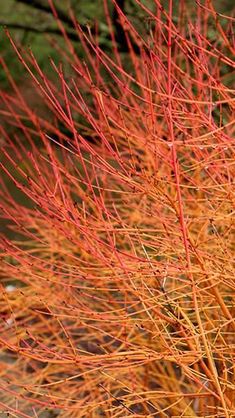

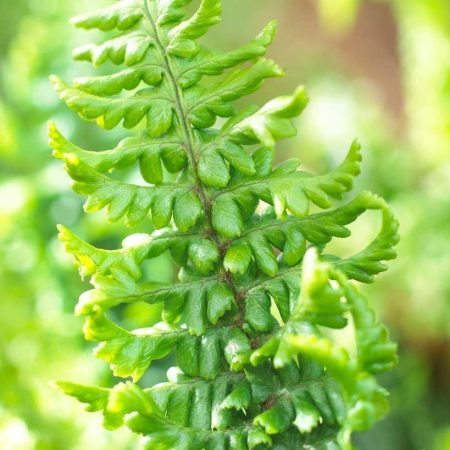
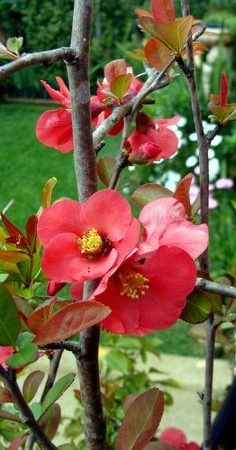
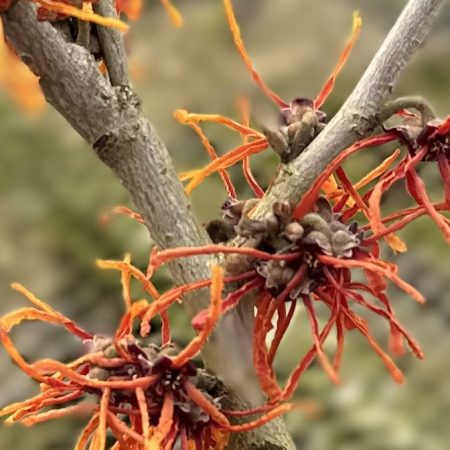
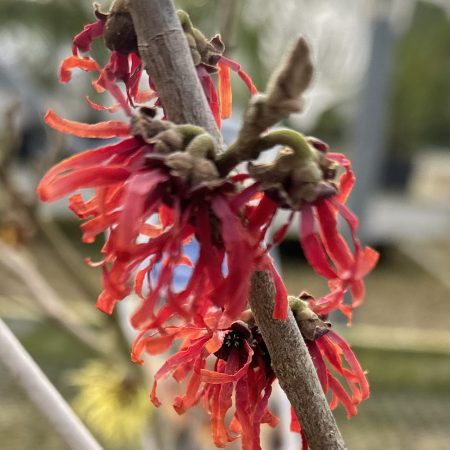
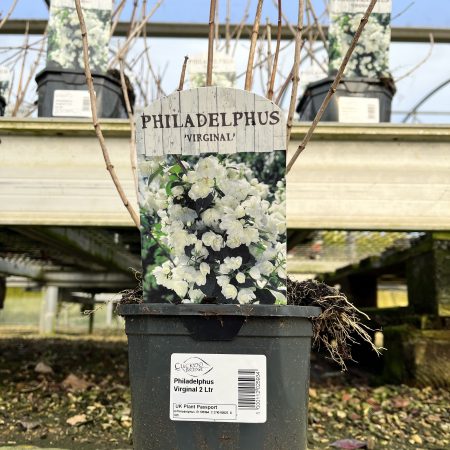
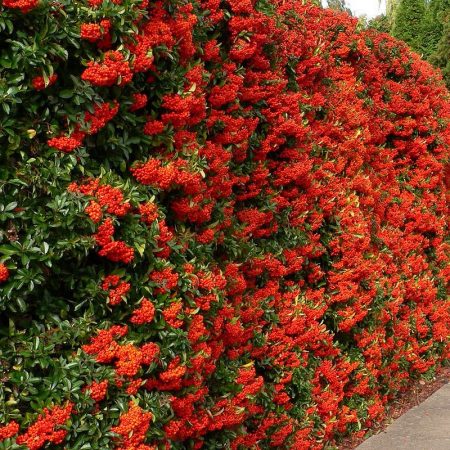
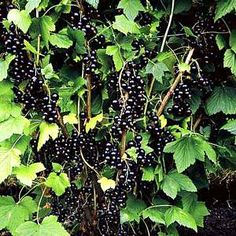
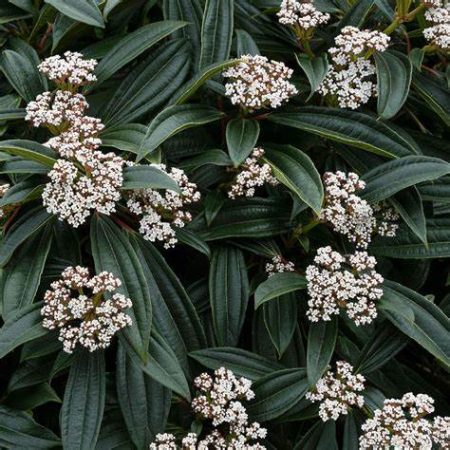
Reviews
There are no reviews yet.